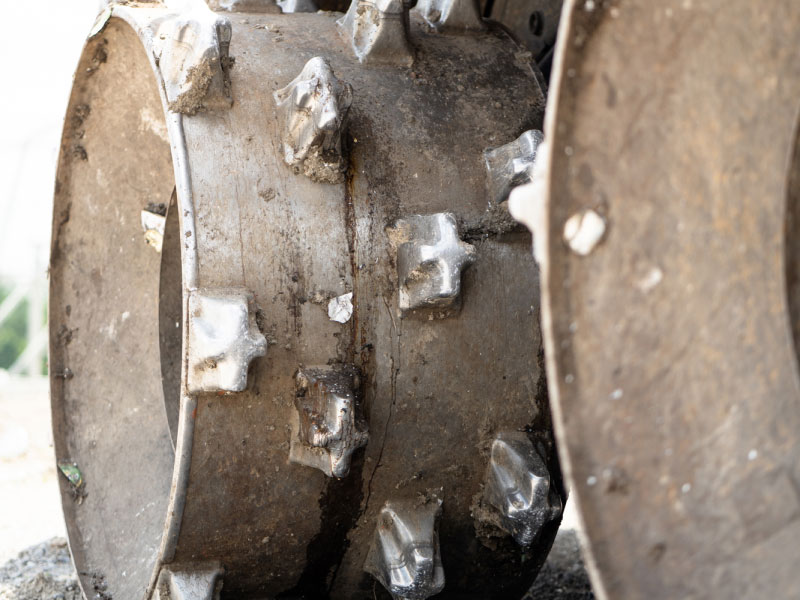Landfills + Waste
Supporting America's Waste Industry
While so many industries keep fridges stocked, vehicles running, lights on and the country moving, inevitably essential services and everyday life means waste will be generated. Bulk provides the maintenance and assets to make sure landfill services and the waste industry can focus on what’s thrown out so the rest of the country can focus on keeping their households, businesses, and neighborhoods moving forward.
Learn more about the machines that help support the nation’s landfill services and waste industry:
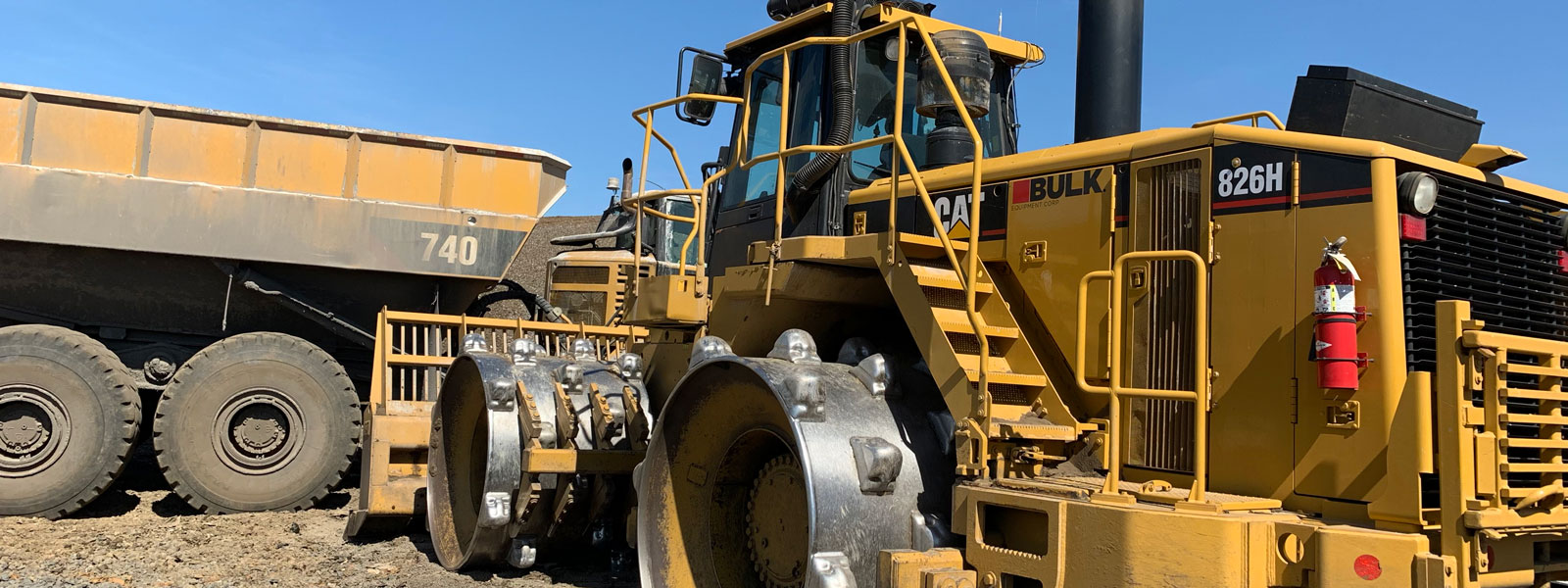
Landfill Compactors are used to compact as much trash as possible into the cells, reducing waste volume, increasing space volume, and helping to stabilize the landfill. Specialized teeth, which can render over 4,000 pounds PSI of ground pressure, are designed to penetrate the waste and deliver a focused compression point.
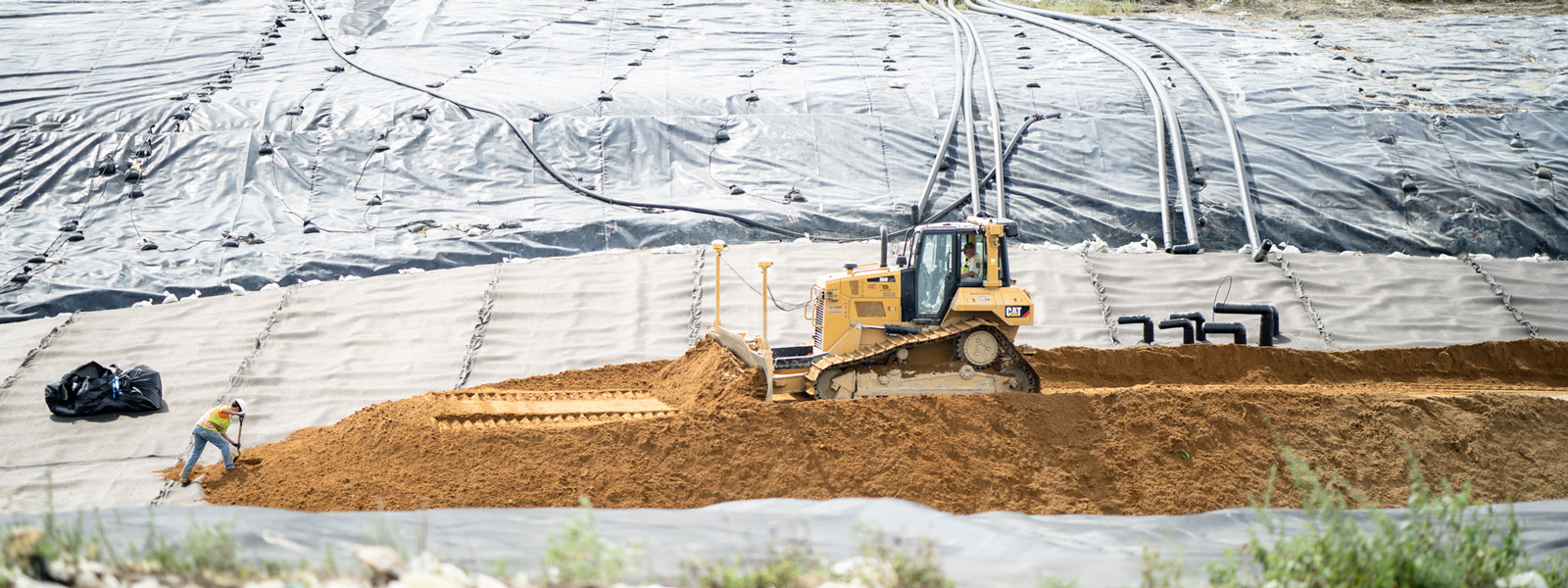
Bulldozers are utilized to cover waste with dirt, an incredibly important step in landfill management. The Federal Resource Conservation and Recovery Act (RCRA) Subtitle D standards require that solid waste in landfills be covered with 6 inches of earthen material at the end of each day.
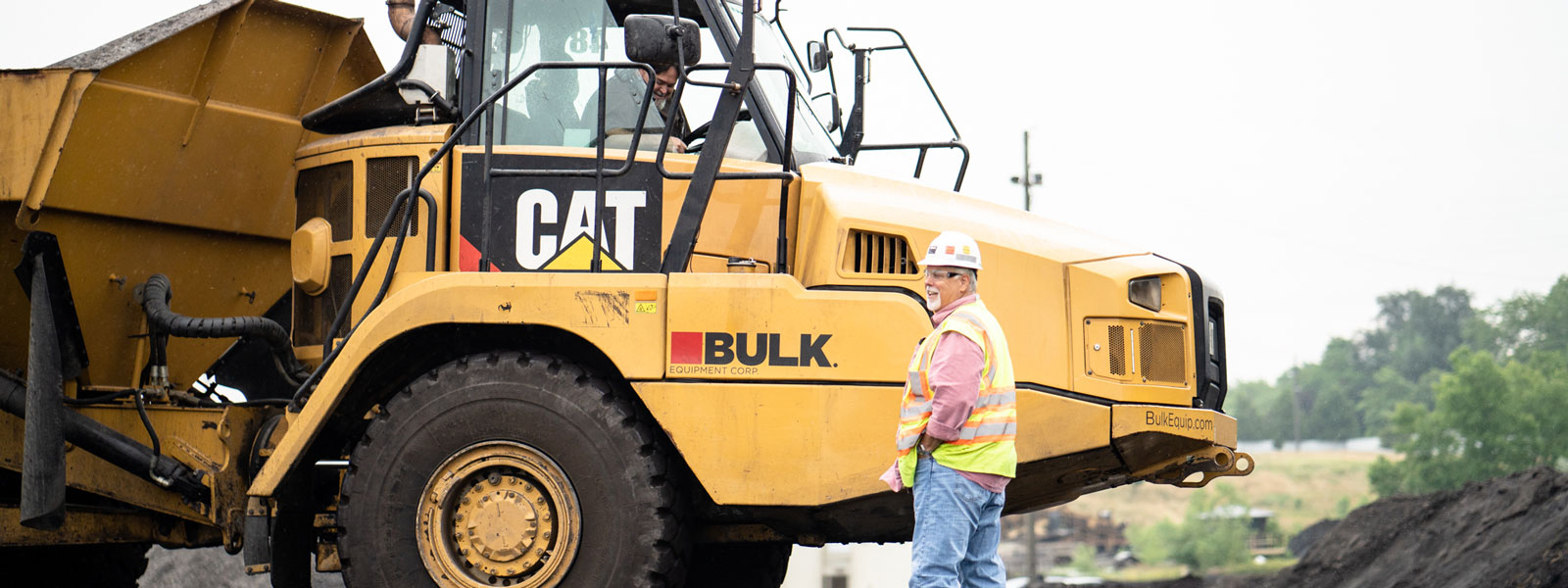
Articulated haul trucks are extensively used in landfills due to their ability to successfully navigate slopes, soft underfoot conditions, and weather. These trucks are used to handle tasks such as hauling cover soil and moving rock or other material for haul loads. To safely traverse what can be a harsh environment, articulated haul trucks are designed with an oscillating and articulating hitch to keep all six wheels in contact with the ground and provide traction
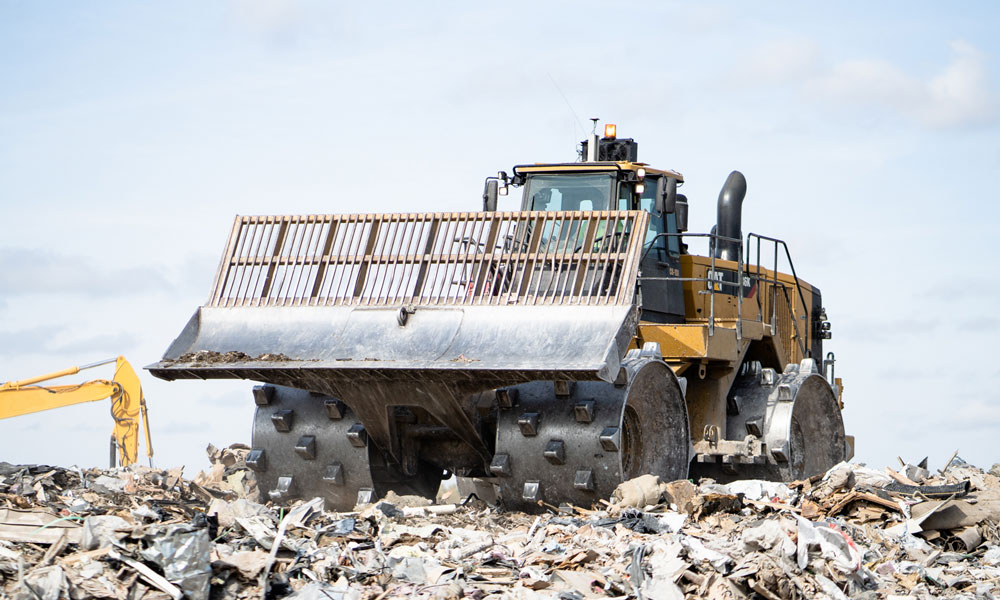
Where We Work
Waste applications present some of the toughest conditions that iron can encounter, which is why we ensure the equipment is up to the challenge. Here’s where you could find our equipment putting in work:
- Public and Private Landfills
- Transfer Stations
- Industrial Waste Applications
Purpose-Built Iron
Average equipment doesn’t cut it when it comes to waste handling. We can source, maintain, and rent any type of specialized waste handling machines.
